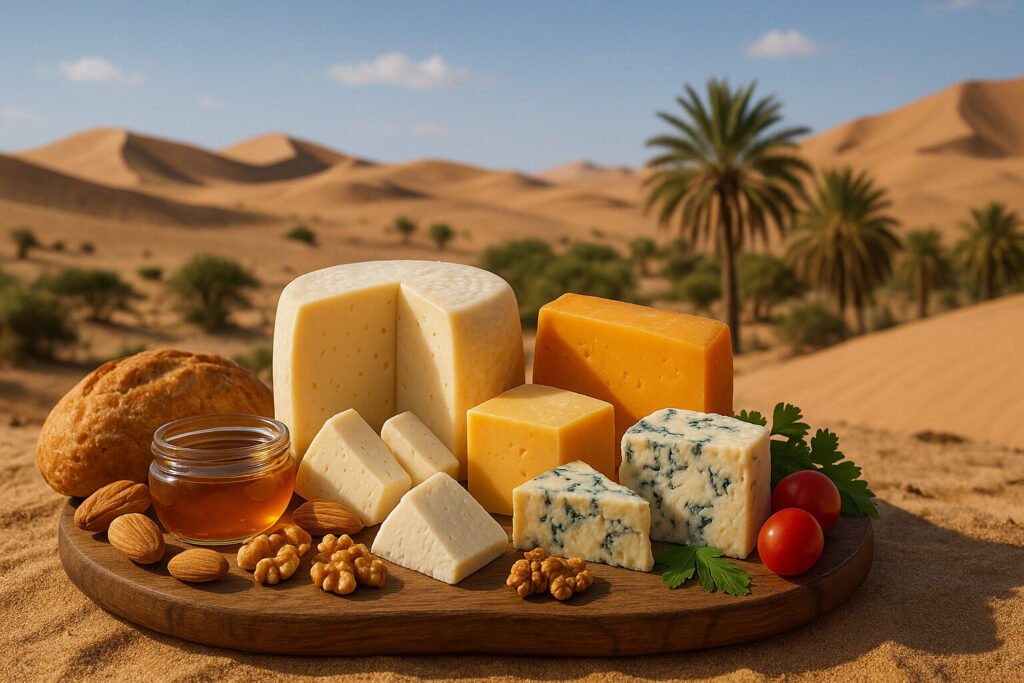Cheese Of Arabian Peninsula
Definition and Scope
Arabian Peninsula cheeses are dairy products traditionally made by Bedouin and coastal communities using goat, sheep, or camel milk. These cheeses are defined by their adaptation to the arid climate, often employing preservation techniques like brining or drying. The category includes fresh, brined, and hard varieties, each serving specific dietary and storage needs.
Historically, these cheeses were produced in small batches for local consumption, using minimal technology. Their scope has expanded with modern dairies, yet many artisanal methods persist. These products remain integral to regional food culture across Saudi Arabia, Yemen, Oman, and the UAE.
Production Techniques
Traditional production often begins with raw milk, which is curdled using animal rennet or plant-based coagulants. The curds are typically drained in woven baskets or cloth bags, then shaped and salted. Brining in saltwater solutions is common to extend shelf life in hot climates.
Some varieties undergo sun-drying or aging in cool storage areas to develop harder textures. Modern facilities may use pasteurization and controlled fermentation for consistency. Techniques vary by region, influenced by available milk sources and ancestral knowledge.
Sensory Profile
Flavors range from mild and tangy in fresh cheeses to intensely salty in brined types. Aromatic notes can include hints of yogurt, grass, or animal musk, especially in cheeses from camel or goat milk. Textures span from soft and spreadable to firm and crumbly.
Brined cheeses often exhibit a squeaky texture and milky acidity. Aged versions develop deeper savory notes and granular consistency. The sensory character is directly shaped by local terroir, animal diet, and production methods.
Culinary Uses
Fresh cheeses are commonly eaten with dates, bread, or honey for breakfast or dessert. Brined varieties are crumbled over salads, grilled meats, or stuffed into pastries like sambusak. They serve as key protein sources in nomadic and urban diets alike.
Melted cheese features in baked dishes and flatbread toppings. Some hard-grated types season rice and stews. Their high salt content makes them suitable for preserving and enhancing simple, staple foods in the region’s cuisine.
Regional Examples
Jibneh from Saudi Arabia and Yemen represents a common brined white cheese, often made from cow or goat milk. It is mild, semi-soft, and used in sandwiches and cooking. Another example is the camel milk cheese from UAE, which has a distinct gamey flavor and dense texture.
Omani kars cheese is a hard, salty variety traditionally sun-dried for long storage. In coastal areas, fish-milk cheese blends occasionally appear. These examples showcase the diversity within the Arabian Peninsula’s cheese-making heritage.

